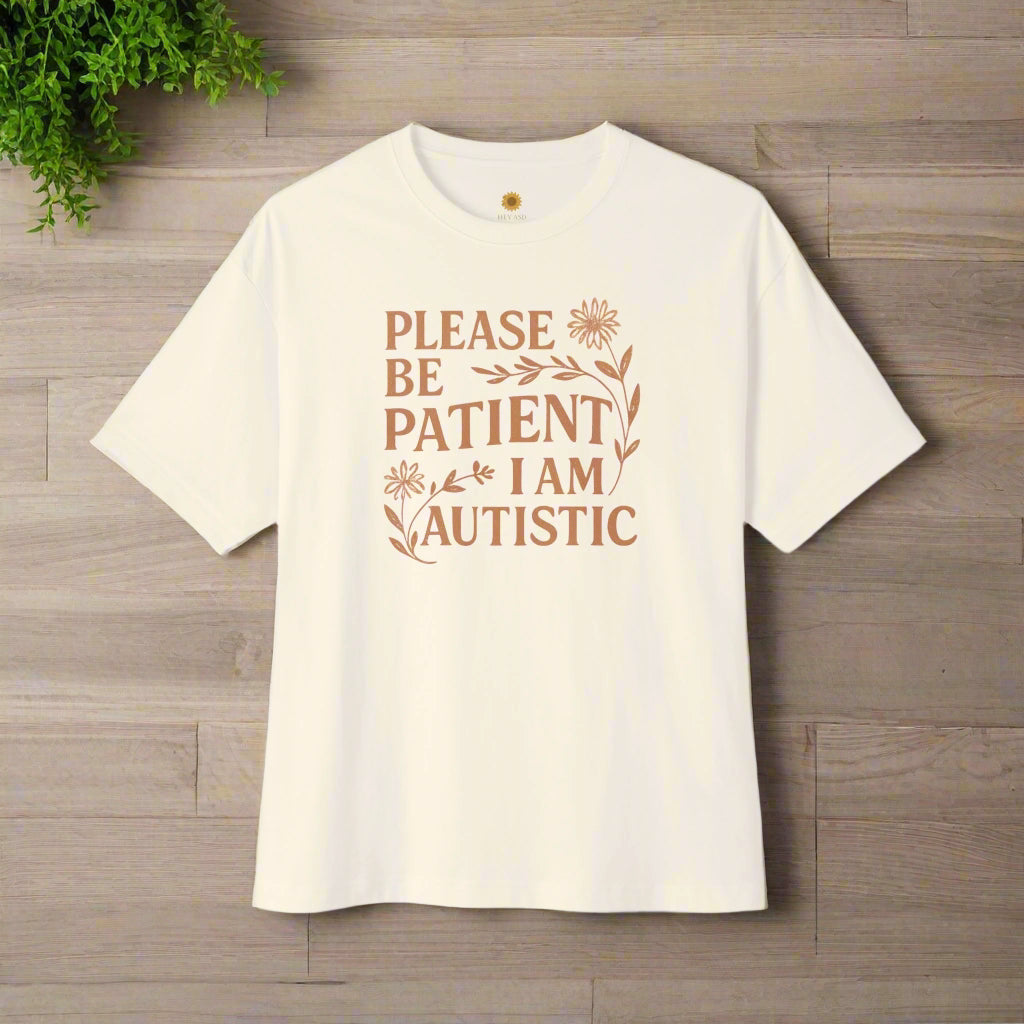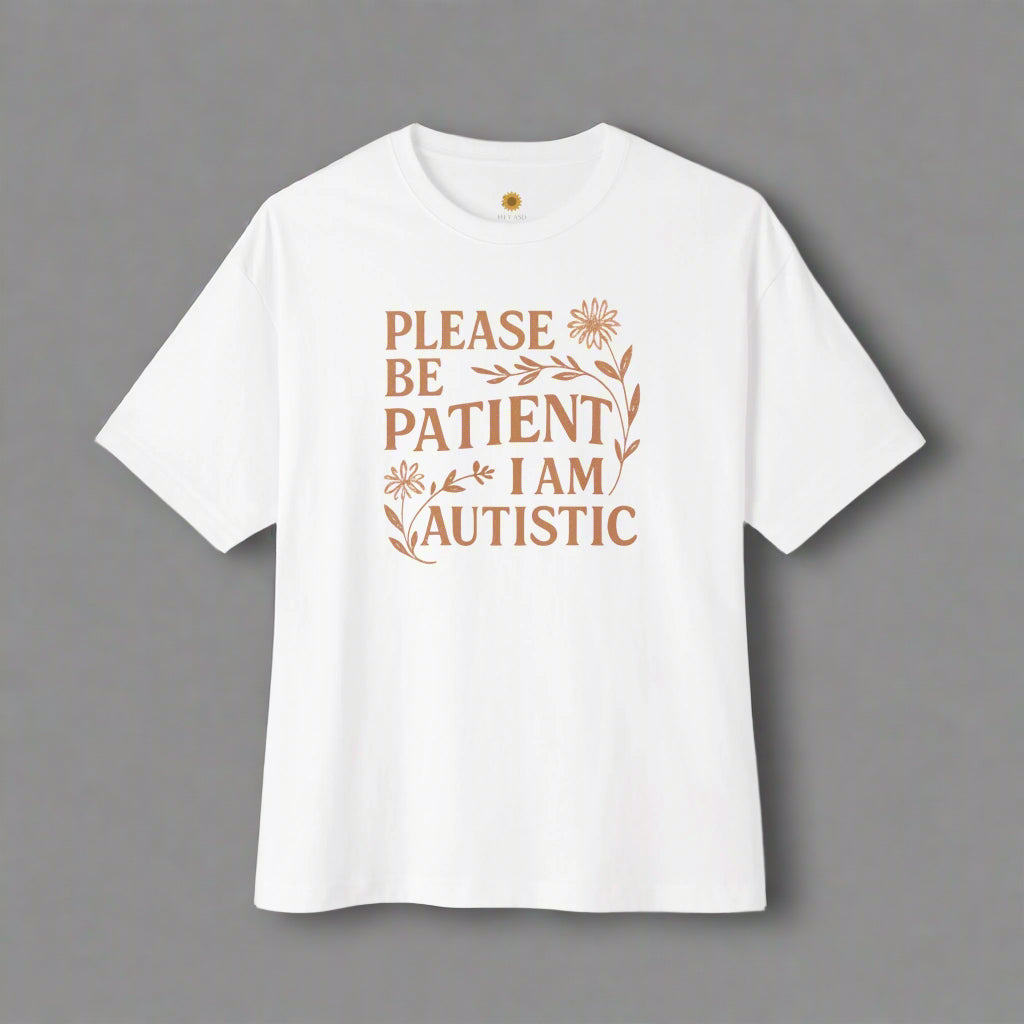Have you ever struggled to identify your feelings or express them to others? Do you find it challenging to understand other people’s emotions and react appropriately? If so, you might have Alexithymia, also called emotional blindness, a neuropsychological phenomenon characterized by significant challenges in recognizing, expressing, and describing one's emotions.
Alexithymia affects around 10% of the general population and often co-occurs with various mental or neurodevelopmental disorders, having a significant impact on one’s mental and physical health. In this article, we will explore what Alexithymia is, what causes it, how to recognize it, and how to treat it.
Alexithymia affects around 10% of the population and can have a significant impact on one's mental and physical health. In this article, we will explore what Alexithymia is, what causes it, how to recognize it, and how to treat it.
What is Alexithymia?
Alexithymia is a psychological condition characterized by the inability to identify, understand, and express emotions properly. People with Alexithymia may have trouble distinguishing between physical sensations and emotional feelings or differentiating between different emotions. They may also find it difficult to describe their emotions to others, leading to interpersonal communication difficulties. Difficulties with emotion concepts—such as forming and retrieving the language to describe emotions—are common in alexithymia.
Alexithymia is not a mental disorder per se, but rather a personality trait that can contribute to mental health problems, such as anxiety, depression, and substance abuse. An externally oriented cognitive style, where individuals focus more on external events than their own internal emotional experiences, is a notable behavioral trait of alexithymia. Difficulty in recognizing and discussing emotions may also manifest at subclinical levels in men conforming to cultural norms, leading to a condition known as normative male alexithymia.
People with alexithymia often struggle with communicating feelings to others. Additionally, individuals with depression often show higher rates of alexithymia compared to the general population, suggesting a comorbid relationship. Comorbid alexithymia in individuals with depression is associated with a more severe symptom profile.
Assessing Emotional Awareness
Understanding and assessing emotional awareness is a key step in supporting mental health and well-being, especially for individuals who experience difficulty identifying feelings or describing feelings. Emotional awareness refers to the ability to recognize and make sense of one’s own emotions, as well as the emotional reactions of others. This skill is essential for healthy emotion regulation, effective communication, and building strong interpersonal relationships. Emotional awareness is also crucial for adaptive decision-making in social contexts. High emotional awareness leads to better emotional regulation during interpersonal interactions.
One of the most widely used tools for assessing emotional awareness is the Toronto Alexithymia Scale (TAS-20). This self-report questionnaire evaluates three main aspects of the alexithymia construct: difficulty identifying feelings (DIF), difficulty describing feelings (DDF), and an externally oriented thinking style (EOT). The TAS-20 helps clinicians and researchers measure individual differences in emotional processing and provides valuable insights into how people experience and express their emotional states. Another important tool, the Bermond-Vorst Alexithymia Questionnaire (BVAQ), captures both cognitive and affective components of alexithymia, offering a more comprehensive view of emotional functioning.
Assessing emotional awareness is particularly important in the context of psychiatric and neurological disorders. For example, individuals with post traumatic stress disorder, autism spectrum disorder, or traumatic brain injury often show reduced emotional awareness, which can lead to emotion dysregulation, negative affect, and increased psychological distress. Research indicates that alexithymia can be significantly elevated in individuals with psychosomatic disorders, highlighting its role in healthcare and emotional understanding. These difficulties can also contribute to psychosomatic disorders, where emotional symptoms manifest as physical sensations or bodily symptoms. Alexithymia is a transdiagnostic risk factor, predicting difficulties in emotional processing across different psychiatric disorders. A high prevalence of alexithymia has been observed in patients with schizophrenia, which indicates its relevance in understanding complex emotional and interpersonal challenges in mental health. In psychosomatic medicine and research, tools like the emotional awareness scale and the twenty item Toronto Alexithymia Scale are used to better understand the links between emotional processing, mental health disorders, and physical health.
Neuroscience research has identified several neural correlates of emotional awareness, including the prefrontal cortex, anterior cingulate cortex, and insula. Damage or dysfunction in these brain regions—such as from brain injury or neurological disorders—can result in reduced emotional awareness and the development of alexithymia. This highlights the importance of considering both psychological and biological factors when assessing emotional functioning. Difficulty in emotional awareness can foster maladaptive coping strategies in response to stress.
Ultimately, assessing emotional awareness using standardized measures like the TAS-20 and BVAQ is crucial for identifying individuals who may be struggling with emotional processing. This information can guide interventions aimed at improving emotion recognition, emotion regulation, and overall mental health. As alexithymia research continues to grow, there is increasing empirical evidence supporting the need for targeted strategies to enhance emotional awareness and address the challenges associated with difficulty identifying and describing feelings.
Causes of Alexithymia
The exact causes of Alexithymia are not fully understood. However, some researchers suggest that both genetic and environmental factors may play a role in its development.
Some potential causes of Alexithymia include:
- Childhood trauma or neglect
- Emotional deprivation or suppression during early development
- Neurological conditions, such as autism or traumatic brain injury
- Genetic predisposition

Symptoms of Alexithymia
The symptoms of Alexithymia can vary from person to person, but some common signs include:
- Difficulty identifying emotions in oneself or others
- Limited ability to describe emotions
- Tendency to focus on external events rather than internal feelings
- Difficulty with abstract thinking
- Difficulty distinguishing between subjective feelings and bodily sensations, making it hard to separate emotional states from physical sensations
- Difficulty recognizing emotions in others' facial expressions
- Tendency to avoid emotionally charged situations
Some of these could be symptoms of adults with autism.
People with Alexithymia may also be prone to physical symptoms, such as headaches, fatigue, and muscle tension, which can result from the buildup of unexpressed emotions. Furthermore, alexithymia can lead to impaired recognition of emotional faces, which is observed in various studies comparing alexithymic individuals with those without the condition.
Diagnosis of Alexithymia
Diagnosing Alexithymia can be challenging because it is not officially recognized as a mental disorder. However, some mental health professionals may use a series of tests or questionnaires to evaluate a person's emotional awareness and expression.
Some commonly used diagnostic tools include:
- Toronto Alexithymia Scale (TAS-20)
- Bermond-Vorst Alexithymia Questionnaire (BVAQ)
- Levels of Emotional Awareness Scale (LEAS)
The Perth Alexithymia Questionnaire is a recent, validated self-report instrument designed to measure specific facets of alexithymia, such as difficulty identifying feelings, difficulty describing feelings, and externally oriented thinking.
These tools provide alexithymia scores, which help clinicians understand the severity and nature of emotional processing difficulties in individuals. The factor structure of these assessment tools is an ongoing topic of debate, with some researchers supporting a unidimensional model and others favoring a multidimensional or hierarchical approach to better capture the complexity of alexithymia.
A mental health professional can use these tests to determine if a person meets the criteria for Alexithymia and recommend appropriate treatment.
Treatment of Alexithymia
There is currently no specific treatment for Alexithymia, but psychotherapy can be helpful in developing emotional awareness and expression skills. Psychotherapy approaches can effectively reduce alexithymia scores. Therapy can also help improve cognitive processing of emotions in individuals with Alexithymia, addressing difficulties in understanding, analyzing, and verbalizing emotions. Interventions may target cognitive processes involved in modeling conscious feeling states and enhancing emotional awareness.
Some psychotherapy approaches that may be effective in treating Alexithymia include:
- Cognitive-behavioral therapy (CBT)
- Psychodynamic therapy
- Mindfulness-based therapy
- Emotion-focused therapy
In addition to psychotherapy, practicing self-care techniques, such as journaling, meditation, and exercise, can also help people with Alexithymia connect with their emotions and improve their mental and physical health.
FAQs
Is Alexithymia the same as autism?
Alexithymia is not the same as autism, but it is often associated with autism spectrum disorder (ASD). Approximately 50% to 85% of individuals with ASD exhibit symptoms of alexithymia, which can lead to a misdiagnosis of Alexithymia. However, Alexithymia can also occur independently of ASD. Studies have shown a prevalence of alexithymia in individuals with Autism Spectrum Disorder (ASD), with approximately 50% of individuals presenting elevated levels. Individuals diagnosed with obsessive-compulsive disorder (OCD) may demonstrate heightened levels of alexithymia compared to the general population.
Can medication treat Alexithymia?
There is currently no medication specifically designed to treat Alexithymia. However, medications used to treat underlying mental health conditions, such as anxiety or depression, may help alleviate some of the symptoms of Alexithymia.
Can Alexithymia be cured?
Alexithymia is not curable, but with proper treatment, people with the condition can develop better emotional awareness and expression skills, which can improve their quality of life.
Alexithymia is a condition that affects a significant portion of the population and can have a profound impact on mental and physical health. While the exact causes of Alexithymia are not fully understood, both genetic and environmental factors are thought to play a role. People with Alexithymia may struggle with identifying and expressing their emotions, leading to interpersonal communication difficulties and an increased risk of mental health problems.
Psychotherapy can be helpful in treating Alexithymia by developing emotional awareness and expression skills, and practicing self-care techniques, such as journaling, meditation, and exercise, can also improve mental and physical health. Although Alexithymia is not curable, with the right treatment, people with the condition can improve their quality of life and overall well-being.
Conclusion
Alexithymia is a condition that affects a significant portion of the population and can have a profound impact on mental and physical health. While the exact causes of Alexithymia are not fully understood, both genetic and environmental factors are thought to play a role. People with Alexithymia may struggle with identifying and expressing their emotions, leading to interpersonal communication difficulties and an increased risk of mental health problems.

























0 comments